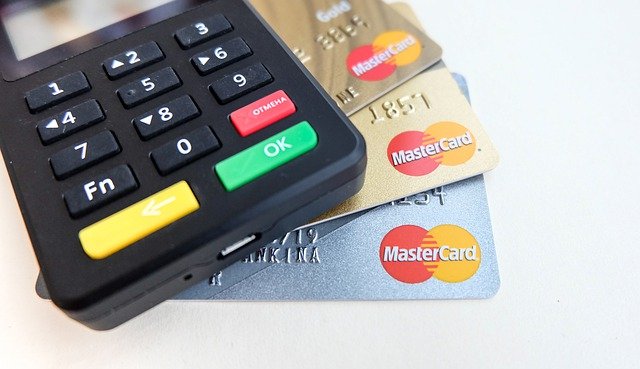Visa Tightens Its Requirements on Chargeback Ratios and Fraud Prevention
Last Updated on December 9, 2019 by
These days, you can’t own a business that accepts credit card payments without thinking about fraud prevention, especially if you accept payments online. Visa is tightening its rules relating to chargebacks and fraud, which can have a significant impact on both online and brick-and-mortar merchants.
Visa is less willing to shoulder the responsibility of fraud and unnecessary chargebacks, so they’re lowering the thresholds on two new “penalty box” programs, the Visa Chargeback Monitoring Program (VCMP) and Visa Fraud Monitoring Program (VFMP).

Visa Lowers the Thresholds for Qualification
Previously, the threshold for the programs were as follows:
VCMP: For low-risk merchants, you could be placed in the program if you made 100+ disputed transactions per month and had a dispute-to-transaction (DTR) ratio of 1%. For high-risk merchants, it was 1,000+ disputed transactions and a 2% DTR.
VFMP: If low-risk merchants processed $75,000+ in fraudulent transactions and had a fraud-to-sales (FTS) ratio of 1%, they could be placed in the VFMP. High-risk merchants had a threshold of $250,000 in fraudulent transactions and a 2% FTS ratio.
Now, the new thresholds have lower percentage ratios, but not the dollar or transaction amounts.
VCMP: For low-risk merchants, it’s still 100+ disputed transactions per month, but the DTR is now 0.9%. For high-risk merchants, it’s 1,000+ disputed transactions and a 1.8% DTR.
VFMP: The FTS percentages are the same here too: 0.9% for low-risk merchants, 1.8% for high-risk merchants; the dollar amounts remain the same.
How Does This Affect High-Risk Accounts?
Cybercriminals are getting more sophisticated in their fraud, especially in terms of online merchants. Not only are they now skimming shopping carts, there have been countless records stolen through numerous data breaches that are available on the dark web and through hacker communities. There are also automated bots and algorithms that can automate credential stuffing, account creation, and plenty of transaction fraud. A lot of this fraudulent activity is creating bigger and more headaches for merchants and credit card providers like Visa.
The goal is for Visa being able to prevent fraud without making things difficult for the actual card holders, so the onus has fallen on the merchants to come up with the different solutions, hence the lower thresholds and the merchant “penalty boxes” (our term, not theirs). The plan is that merchants will try that much harder to fight fraud, or they’ll be weeded out of the system and that money leak will be shut off.
One way to have fraud prevention is to work with a merchant service provider who can help you identify fraud, enact preventative measures, and advise you on new technology and best practices. To learn more, just visit our website or call us at (800) 408-0095.
Photo credit: Ivan Radic (Flickr, Creative Commons 2.0)
We appreciate you following Corepay’s blog. Let’s collaborate, send us your article suggestions, questions, and/or feedback to: [email protected].




